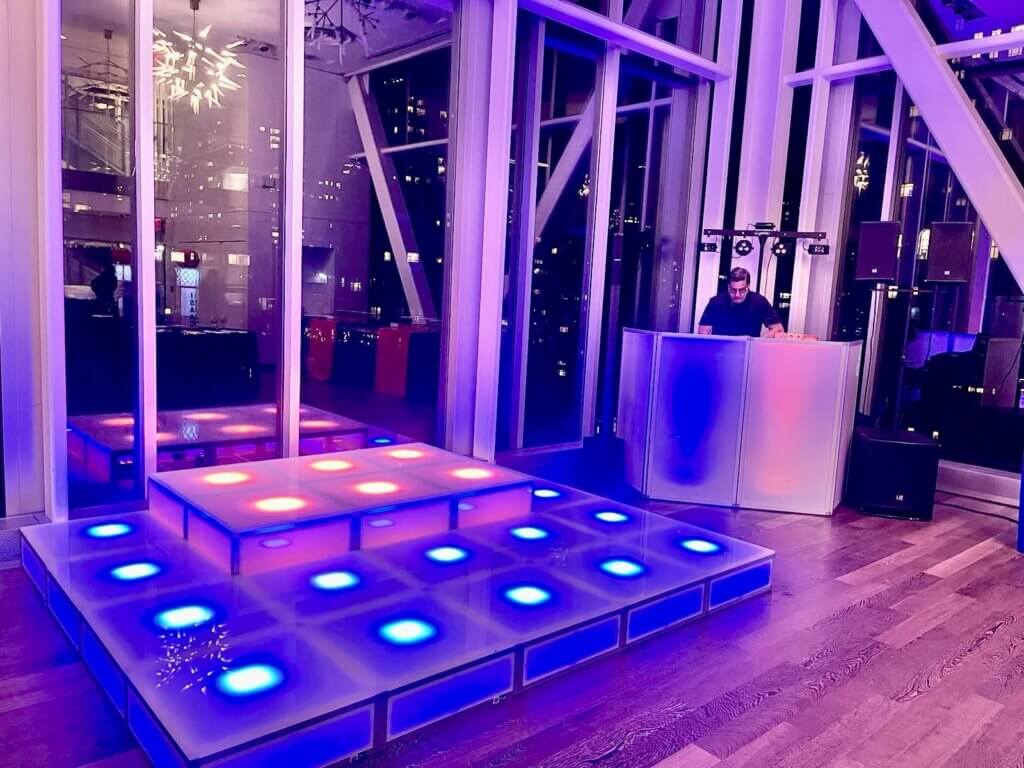The Revolutionary Power in Lighting on Elevating Dancing Area Aesthetics
Wiki Article
Lighting plays a crucial role in shaping the environment of a dancing area. It can change a basic space into an exciting environment that enhances the total experience for dancers and spectators alike. The correct lighting can impact the vibe, energy, and even the form of the dance being executed. By using multiple types of lighting, such as spotlights, colored illumination, and strobe effects, event organizers can establish a vibrant setting that engages the audience and encourages participation.

One of the primary functions of lighting on a dance floor is to highlight the dancers. Spotlights can be used to direct attention on solo dancers or teams, making them the focal point of attention. This method not only displays their actions but also adds a dimension of theatricality to the show. When dancers are illuminated properly, their expressions and skills become more visible, allowing the audience to appreciate their skills. This focused lighting can also help to create a narrative, guiding the audience through the show.
In addition to showcasing performers, colored illumination can significantly impact the mood of the dance floor. Different colors evoke different feelings; for instance, warm colors like crimson and orange can create a sense of enthusiasm and energy, while cooler colors like blue and emerald can promote tranquility and ease. By strategically using colored lights, event planners can manipulate the atmosphere to match the theme of the occasion or the type of the performance. This considerate approach to lighting setup can enhance the overall encounter for all involved.
Flashing lights and other dynamic lighting features can also add thrill to a dancing area. These features can create a sense of rhythm and movement that complements the soundtrack being performed. When synchronized with the rhythm, flashing lights can make the dancing area feel alive, inviting dancers to move in time with the flashing lights. This connection between light and sound can boost the vitality of the event, making it more enjoyable for both performers and spectators. The use of such features requires thoughtful consideration to ensure they improve rather than divert from the show.
Ultimately, the overall design of the lighting setup is crucial for establishing a unified aesthetic on the dance floor. A well-thought-out lighting plan takes into account the configuration of the area, the kind of dance being performed, and the audience's encounter. By combining various lighting techniques, such as ambient lighting, you could try this out highlighting, and unique features, planners can design a aesthetically stunning setting. This focus to specifics not only enhances the show but also creates a lasting impression on the spectators, making the occasion unforgettable. In conclusion, the transformative power of lighting is essential in improving dancing area appearance, creating an engaging and pleasurable encounter for all.